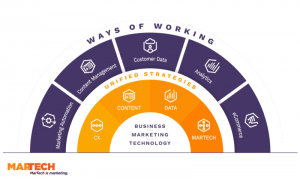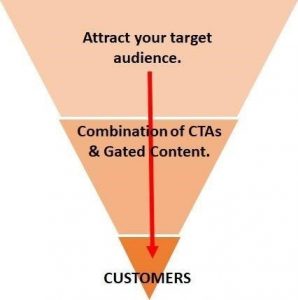by Dave Morgan, Featured Contributor, January 12, 2017
The following was previously published in an earlier edition of Online Spin.
Technology has been transforming the business enterprise for several decades. First it was the finance department, when paper ledgers were replaced by digital spreadsheets and databases. In manufacturing, we had supply chain management. Human resources and payroll were automated and data-based. Customer service functions were transformed by call center management software, then CRM. Sales organizations were supported by sales force automation systems, then CRM as well.
Finally, technology is starting to transform marketing, starting with how enterprises talk to consumers. We have websites, ecommerce, email and mobile apps. It’s so much easier for customers and marketers to proactively connect than ever before.
On the advertising front, we have display ads, search ads, email ads, app ads, social ads. And all of the other ad channels, from TV to radio to direct mail, are now being measured by digital systems.
Now that we have all of these digital touch-points and databases, marketers and their corporate information officers and finance officers are looking for models to organize and manage all of these marketing and advertising activities. And, quite naturally, they are looking for guidance to models that worked on other parts of their business. Not surprisingly, many have focused on what has worked for their supply chain and have tried to apply supply chain-oriented models to their “demand chain.”
I believe that treating marketing – and the creation of customers – with supply-chain models is short-sighted and will be damaging for businesses and their customers. Why? Because is likens acquiring customers to buying commodity raw materials. It assumes that marketing is only a cost, and that customers are commodities. It doesn’t assume that customers are organic assets that can grow. As Wenda Millard famously warned us almost a decade ago at an IAB meeting, trading advertising like “pork bellies” will be damaging to our industry.
Wenda is and was right. Media should not be bought and sold like pork bellies, and not just because much of what makes media special can’t be captured in a real-time-bidded world, but because customers are not commodities, and treating them as such can only hurt businesses that do.
Marketers need customers to choose them. Choice abounds. Diesel fuel and toilet paper can’t choose its purchaser. Most consumer businesses today can’t choose their customers. Customers today choose their brands and retail outlets.
Rather than looking to the corporate supply chain for the best technology model to apply to marketing, I would look at the department that marketing will most likely evolve to look like: human resources. The functions, focus and mindset in recruiting, training and retaining talent is not unlike the creation and growth of customers and fans — much more so than marketing is like buying diesel fuel and toilet paper.
Could HR software and systems be the future of marketing? Quite possibly. What do you think?
MediaPost.com: Search Marketing Daily
(31)
Report Post






